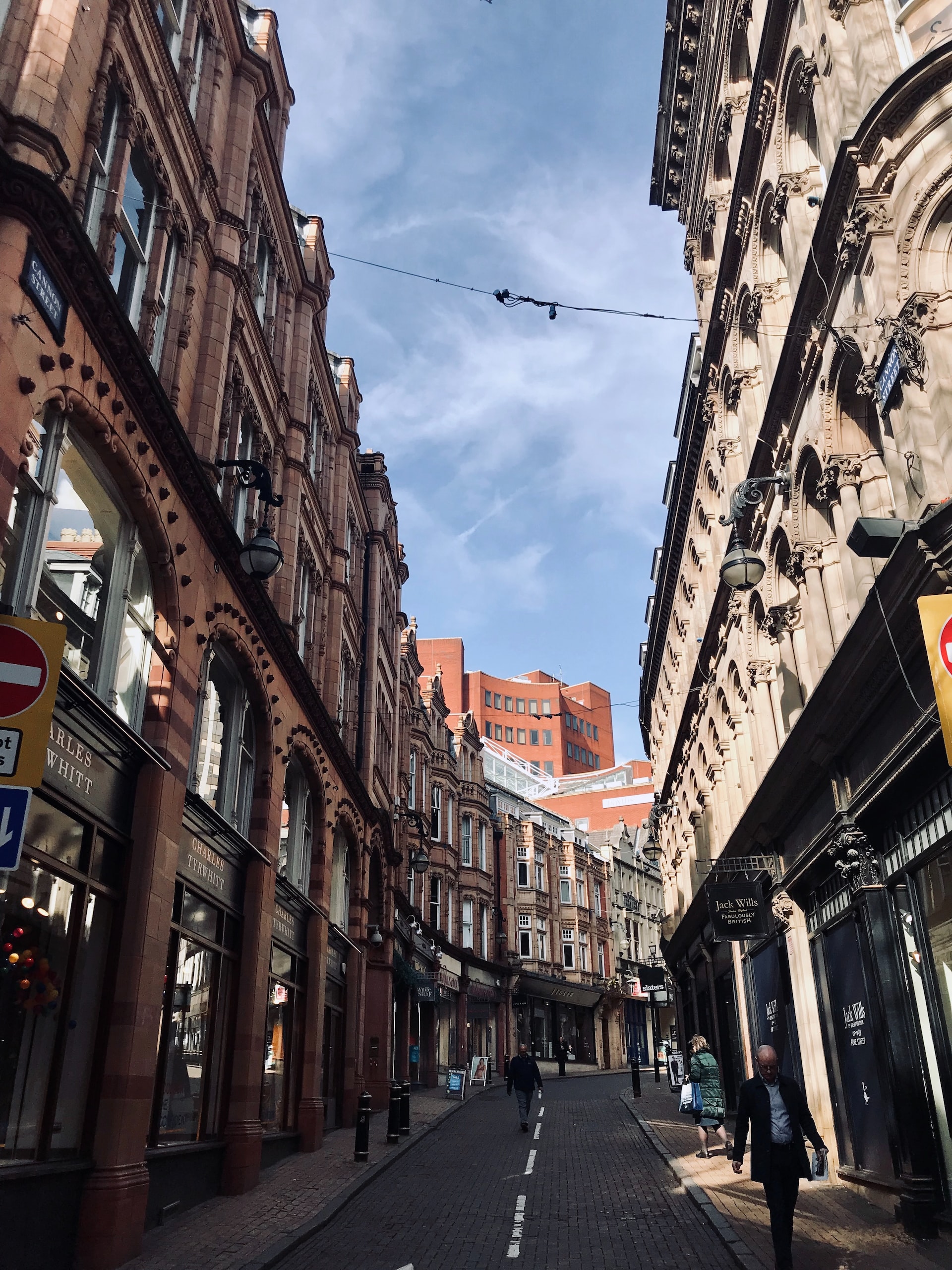
News Writer Josh Brooks reports on a possible suspect for the 1974 Birmingham pub bombing being identified
A new suspect has been identified for the 1974 Birmingham pub bombings, which killed 21 people, injuring 220.
Specialist counter-terrorism prosecutors have been asked to determine if new evidence will pass the threshold to begin trial. The evidence has been provided to the Crown Prosecution Service (CPS) by Westhe CP Midlands police.
TS told The Guardian: ‘We have accepted a file from the West Midlands police in relation to the Birmingham pub bombings in 1974 and will now begin to review the evidence.’
Two bombs were planted by the Irish Republican Army (IRA) on the 21 November 1974, in Birmingham city centre pubs, killing 21 people. An additional bomb was discovered unexploded in another pub. The bombings were the deadlist terrorist act in England between World War 2 and the 2005 London bombings.
“Two bombs were planted by the Irish Republican Army (IRA) on the 21 November 1974
The subsequent controversial police investigation initially convicted 6 men, within hours of the explosions. Known as the Birmingham Six, they were then freed after 16 years in prison after they were found to be innocent. Former MP Chris Mullin, who played a role in uncovering the truth about the Birmingham Six, unearthed evidence of the wrongful convictions and police misconduct.
The chief constable of the West Midlands, Sir David Thompson told The Guardian they are opening a reinvestigation, identifying a potential suspect. He stated: ‘My earnest hope is that we get to a position where we bring somebody to justice for it.’
Families of the victims have been vocal in their disapproval of the work of police and Thompson for inadequate investigations.
Thompson has stated it is down to the CPS to decide if police evidence is adequate to bring charges. He stated to The Guardian: ‘If that does not result in someone being brought to justice, at some stage I would hope what we can do is demonstrate to the public what work we’ve done, because we have done a lot of work on this.’
Comments